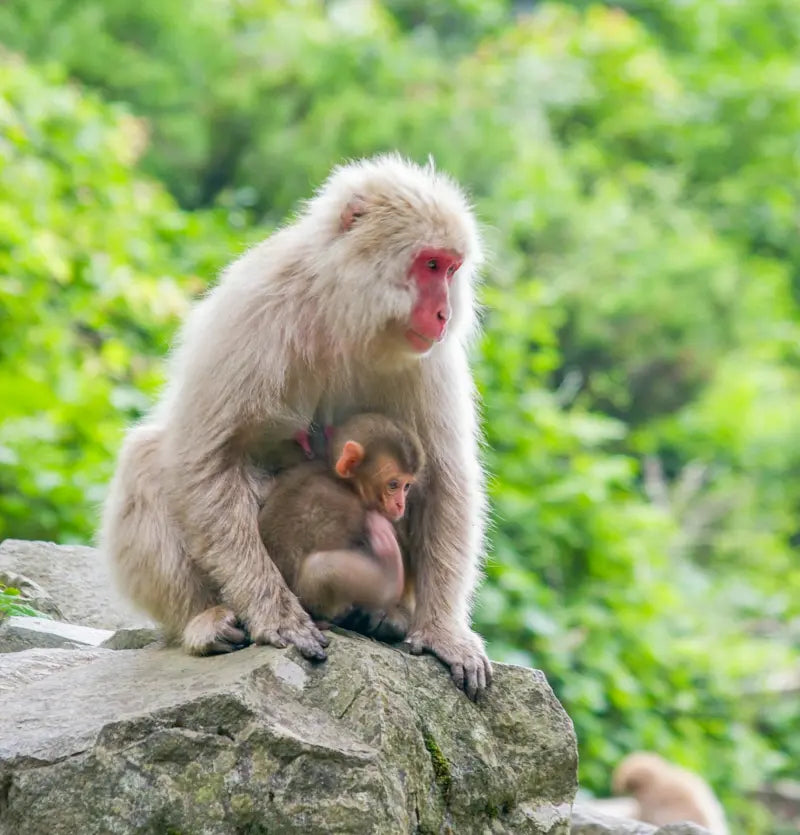
August and the Sign of “Saru” (Monkey) — A Symbol of Seasonal Shifts in the Japanese Zodiac What Is the Japanese Zodiac?
The Japanese zodiac, known as eto, is a traditional calendrical system with roots in ancient China. It uses a repeating cycle of twelve symbols—each associated with an animal—to represent not just years, but also months, days, and even times of day.
While many people are familiar with the animal representing their birth year, fewer realize that each month also has its own zodiac sign.
August’s Zodiac Sign: “Shin” (申)
According to this system, August corresponds to the sign “申” (shin), which aligns with the seventh month in the old lunar calendar. It marks the tail end of summer in Japan—when the heat begins to wane and subtle signs of autumn start to emerge.
The Meaning Behind the Character “申”
In the zodiac cycle, “申” is the ninth sign. It originally conveyed meanings such as “to grow” or “to arise,” reflecting the natural phase when plants begin to bear fruit. It symbolizes transition and the early stages of maturity.
Some scholars also interpret the character as a pictograph of lightning streaking across the sky—an image that fits well with Japan’s late-summer thunderstorms.
Why Does “申” Represent the Monkey?
 Each of the twelve zodiac characters is paired with an animal. In the case of “申,” the associated animal is the monkey (猿 / saru). However, the character itself does not literally mean “monkey.”
Each of the twelve zodiac characters is paired with an animal. In the case of “申,” the associated animal is the monkey (猿 / saru). However, the character itself does not literally mean “monkey.”
To understand the connection, it’s helpful to know how the zodiac system works:
- The character (e.g., 申, 未): represents a seasonal or temporal idea
- The animal (e.g., 猿, 未) gives a symbolic image to that idea
For example, July’s sign “未” (hitsuji) means “lush growth” and is represented by the sheep. Similarly, “申” reflects transformation and change, and the monkey is used to embody that dynamic energy.
Monkeys in Japanese Culture
In Japan, monkeys have long been regarded as divine messengers, often associated with mountain gods. You’ll sometimes find monkey statues at shrines in rural areas.
At the same time, their human-like expressions and curious behavior have made them endearing figures in folklore and festivals. They are seen as intelligent, agile, and sometimes mischievous—qualities that give them a warm and relatable presence in daily life.
Limited-Edition Zodiac Inden: Ikedaya’s “Saru” Pattern
 At Ikedaya, we offer a special series of Kōshū Inden—a traditional Japanese leathercraft technique—that features exclusive zodiac designs. One of these is the “Saru” pattern, created to represent the spirit of the “申” sign.
At Ikedaya, we offer a special series of Kōshū Inden—a traditional Japanese leathercraft technique—that features exclusive zodiac designs. One of these is the “Saru” pattern, created to represent the spirit of the “申” sign.
This design depicts a peaceful mountain scene with a monkey family surrounded by blossoming flowers and ripening fruits. It evokes themes of harmony with nature and seasonal abundance, all expressed through the refined texture of Inden.
As monkeys have spiritual significance and a sense of playfulness in Japanese culture, this pattern makes a meaningful and elegant gift for those interested in traditional design with a story behind it.
Explore Exclusive Items at Our Stores in Japan
Many of our Inden items, including the zodiac series, are available only in Ikedaya’s physical stores in Japan (Ginza, Shizuoka, and Hamamatsu). If you’re visiting, we invite you to stop by and experience our craftsmanship firsthand—there’s much more to discover than what’s available online.


 Change Purse
Change Purse Long Wallet
Long Wallet
